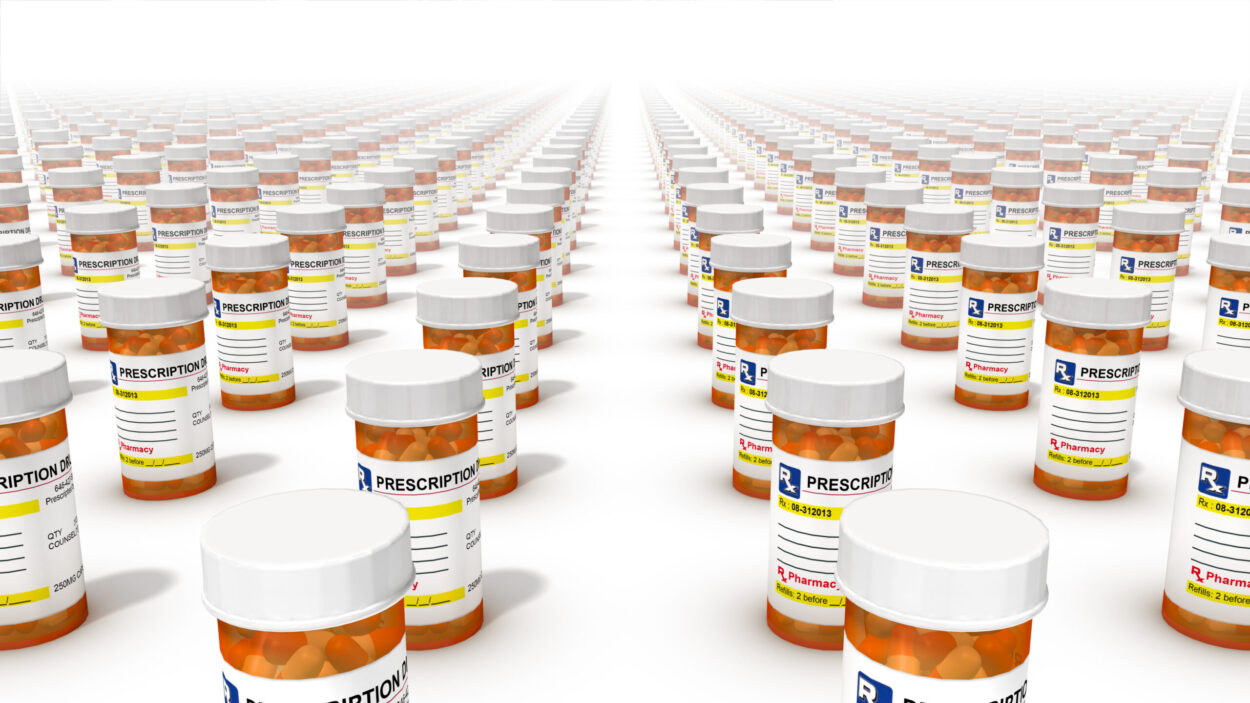What is Harm Reduction?

Harm reduction is a public health strategy aimed at minimizing the negative consequences associated with various high-risk behaviors, particularly drug use. Instead of insisting on complete abstinence, harm reduction focuses on reducing harm through pragmatic and compassionate measures. This approach acknowledges that eliminating risky behaviors might be ideal but is not always feasible. Therefore, it seeks to offer realistic solutions that improve the well-being and safety of individuals engaging in such behaviors.
The Harm Reduction Model
The harm reduction model was founded on the principles of respect, dignity and compassion, operating on several key tenets:
- Pragmatism: Recognizing that risky behaviors are part of our world and choosing practical ways to mitigate their harmful effects
- Human Rights: Ensuring that the rights of individuals are respected, and they are treated with dignity
- Focus on Harms: Concentrating on reducing negative consequences rather than the cessation of the behavior itself
- Individualized Approach: Tailoring interventions to meet the specific needs and circumstances of each person
- Empowerment: Encouraging individuals to make positive changes and take control of their health and lives
Harm Reduction Techniques
Various harm reduction techniques help individuals reduce the risks associated with high-risk behaviors. These techniques include:
-
Needle Exchange Programs (NEPs)
NEPs provide clean needles and syringes to individuals who inject drugs, reducing the risk of blood-borne infections such as HIV and hepatitis C. These programs also offer safe disposal of used needles, further protecting the community.
-
Supervised Injection Sites (SIS)
SIS, also known as safe consumption rooms, are facilities where individuals can use drugs under medical supervision. These sites help prevent overdoses and provide access to health care and social services.
-
Medication-Assisted Treatment (MAT)
MAT involves the use of medications like methadone, buprenorphine and naltrexone to treat opioid addiction. These medications reduce withdrawal symptoms and cravings, enabling individuals to stabilize their lives and engage in recovery.
-
Naloxone Distribution
Naloxone is a medication that can rapidly reverse opioid overdoses. Widespread distribution of naloxone to drug users, their families and community members can provide life-saving intervention during overdose situations.
-
Education and Outreach
Providing accurate information about safer drug use practices, sexual health and overdose prevention empowers individuals to make informed choices. Outreach programs often connect individuals to health services and support networks.
Does Harm Reduction Work?
The effectiveness of harm reduction strategies has been debated, but a growing body of evidence supports their efficacy.
What are some positive outcomes of harm reduction:
-
Reduced Transmission of Infectious Diseases
Needle exchange programs and supervised injection sites have been shown to significantly reduce the transmission of HIV and hepatitis C among people who inject drugs.
-
Decrease in Overdose Deaths
Supervised injection sites and the availability of naloxone have led to a reduction in fatal overdoses. These interventions provide immediate medical assistance and education on overdose prevention.
-
Increased Access to Health Services
Harm reduction programs often serve as a bridge to other health services, including addiction treatment, mental health care and social support. They can engage marginalized populations who might otherwise be disconnected from the healthcare system.
-
Improved Quality of Life
Focusing on reducing harm can help individuals achieve better health outcomes and an improved quality of life. This approach respects their autonomy and supports them in making gradual positive changes.
Criticisms and Concerns
Despite the demonstrated benefits, harm reduction faces criticism and concerns:
-
Moral and Ethical Objections
Some argue that harm reduction condones or enables risky behaviors rather than encouraging abstinence. This perspective often stems from moral or ideological beliefs about substance use.
-
Funding and Resource Allocation
Allocating resources to harm reduction can be contentious, especially when funding is limited. Critics may argue that resources should be directed toward prevention and abstinence-based treatments instead.
-
Community Acceptance
Establishing harm reduction facilities, such as supervised injection sites, can face opposition from communities concerned about potential increases in drug-related activities or crime.
Harm reduction techniques can offer realistic and effective solutions for improving the health and well-being of struggling individuals. Research supports the efficacy of harm reduction in reducing infectious disease transmission, preventing overdose deaths, and connecting individuals with essential health services. While controversial, harm reduction remains an important component of public health strategies. Meeting individuals where they are can undeniably lead to meaningful, positive changes in their lives.








